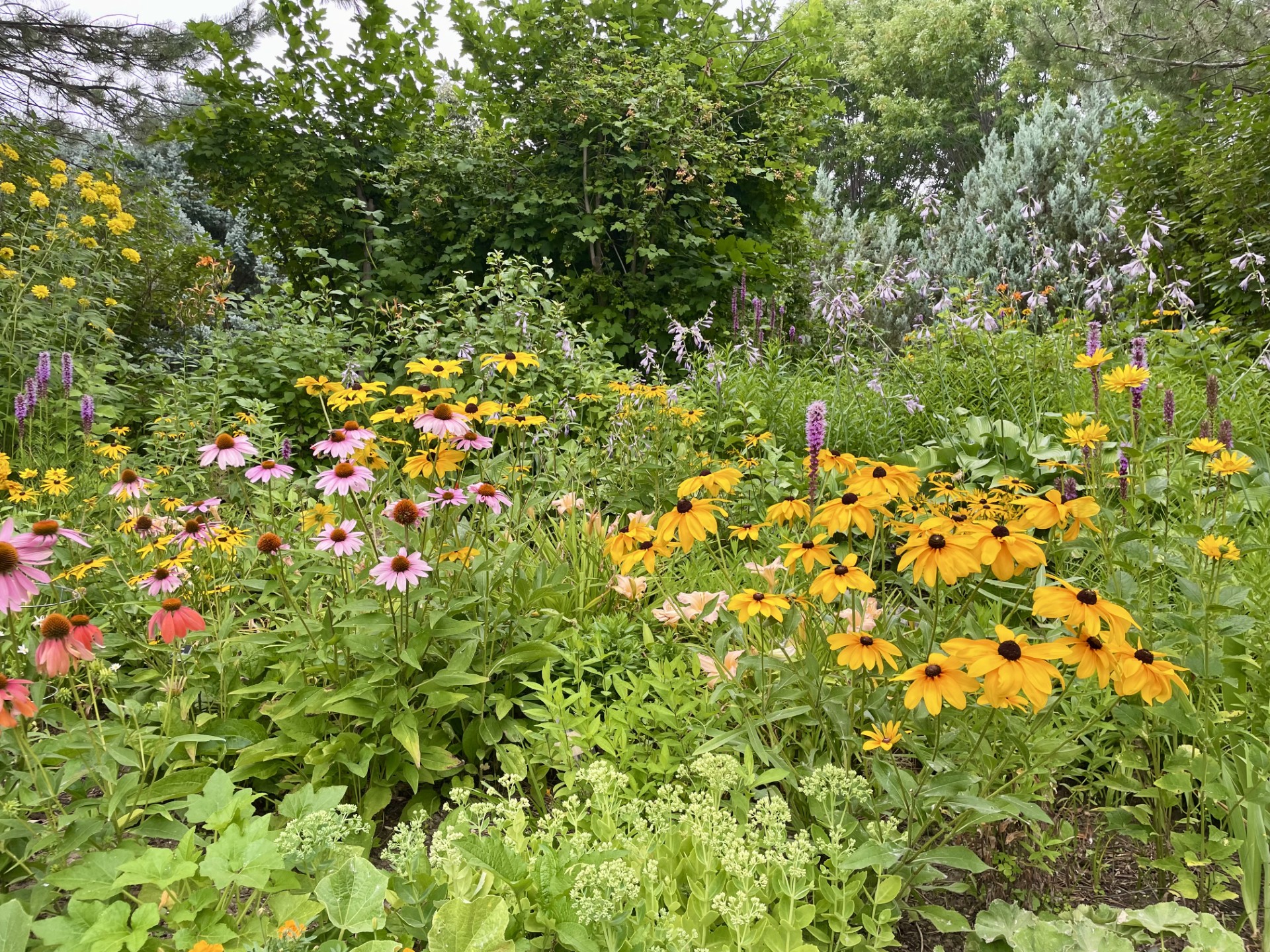- Introduction to the transition into hybrid spring hours at zoos
- Importance of zoo management and operational efficiency
- Role of zoos in wildlife conservation and public education
- The impact of seasonal changes on animal care and visitor experience
- Future outlook for zoo operations and wildlife conservation efforts
Transitioning into hybrid spring hours is more than just altering the visiting schedule; it’s an intricate dance involving logistics, animal care, and visitor engagement. Throughout April, zoos will shift to weekday hours of 10-2 and extended weekend hours of 10-4, allowing guests to enjoy the facilities as they adapt to longer, warmer days. This flexible schedule enables better management of resources and provides a balanced environment for animals and visitors alike. Implementing hybrid hours is the first step towards the full transition to summer operation in May, ensuring a smooth and effective changeover.
Zoo management is a multifaceted discipline, requiring a deft blend of strategic planning, resource allocation, and hands-on animal care. Effective zoo operations rely heavily on the ability to forecast visitor numbers and tailor staff and resources accordingly. During this seasonal transition, staff must be agile, adjusting their roles and responsibilities to accommodate the fluctuating demands of both the animals and the visitors. The shift in hours reflects not just visitor needs but also the necessity to optimize conditions for animal care, ensuring their well-being during these transitional periods.
Zoos play a crucial role in wildlife conservation and public education. By providing a platform where people can learn about animals and their habitats, zoos inspire a sense of responsibility and stewardship in visitors. Educational programs and conservation efforts are integral to zoo missions, often raising awareness about endangered species and critical habitats. Through collaborative programs with conservation organizations, zoos contribute to vital research and breeding initiatives aimed at preserving biodiversity. The hybrid spring hours offer enhanced opportunities for educational engagement, allowing visitors more time to participate in guided tours and educational exhibits.
Seasonal changes have a significant impact on both animal care routines and the visitor experience. As temperatures rise in spring, many animals become more active, necessitating adjustments in feeding schedules, enrichment activities, and health monitoring. Hybrid hours enable caretakers to adapt these schedules more effectively, ensuring that animal welfare remains a top priority. For visitors, spring provides an ideal backdrop to explore zoological settings, with comfortable weather making it conducive for longer outdoor explorations. Longer weekend hours cater to families and educational groups who seek varied experiences during their visits.
Looking ahead, zoos continue to innovate in their approach to wildlife conservation and visitor experience. As part of broader conservation efforts, many zoos are investing in sustainable practices and technologies, reducing their environmental footprint while enhancing the habitats they maintain. Collaborations with global conservation initiatives underscore the importance of preserving our planet’s diverse ecosystems. The transition into hybrid spring hours reflects an ongoing commitment to adapt operational strategies that benefit both wildlife and the public, fostering a future where conservation and education are seamlessly integrated into everyday operations.
In conclusion, the shift to hybrid spring hours and subsequently summer schedules illustrates the deft balance required in zoo management, emphasizing the intertwining of visitor experience with animal welfare and conservation goals. Through strategic timing and careful planning, these changes augment the educational and conservatory role that zoos play, reinforcing their vital position in fostering environmental awareness and sustainability. As we anticipate the transition to even longer summer visiting hours, the principles and practices adopted during this period will serve as a guiding framework for future operational enhancements and conservation strategies.
*****
Source Description
As a reminder, we have transitioned into our hybrid spring hours!🪻
For the entire month of April, our weekday hours will be 10-2, with weekends extended to 10-4. As always, guests can stay on the grounds one hour after admission closes. We will transition fully to summer hours the first full week of May!☀️


